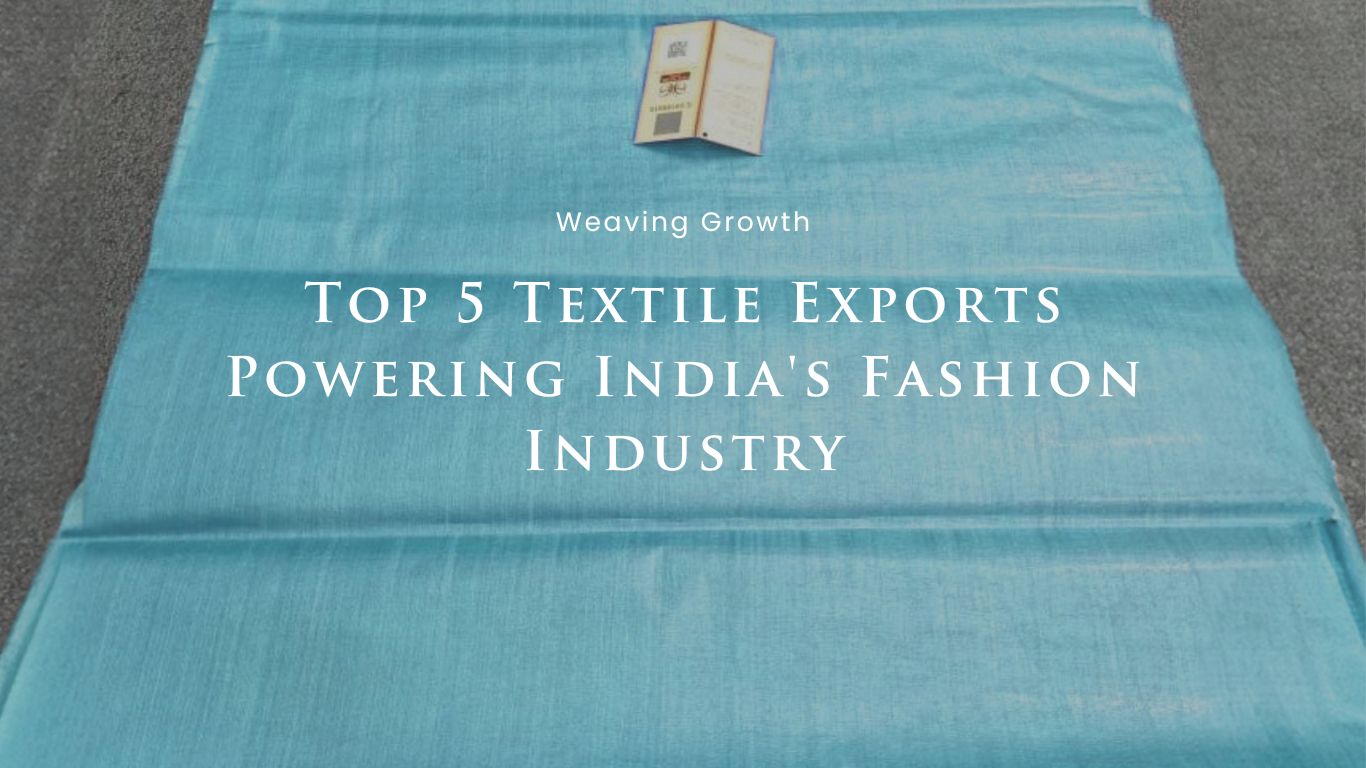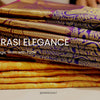Weaving Growth: Top 5 Textile Exports Powering India's Fashion Industry

India’s textile industry is a cornerstone of its economic growth, steeped in history yet always evolving. In 2024, despite global challenges, the country’s textile exports have continued to thrive, making India a pivotal player in the international fashion landscape. In this blog, we explore the top 5 textile exports that are not only driving the Indian economy but also influencing fashion trends worldwide.
1. Ready-Made Garments (Cotton): King Cotton Reigns Supreme
Cotton garments remain the undisputed leader among India’s textile exports. India's mastery in cotton production, coupled with its ability to craft high-quality apparel, makes it a favored destination for global fashion brands. From casual wear to high-fashion garments, cotton ready-made clothing has sustained its position as a top performer in the export market. In FY 2024, cotton garments held the highest export value, according to Statista, underscoring the strength of this versatile textile in global markets.
2. Man-made Fiber Textiles: Synthetic Fabrics Gaining Momentum
As the world of fashion diversifies, synthetic and man-made fibers are playing an increasingly important role in textile exports. Fibers such as polyester and viscose offer greater versatility in texture, functionality, and durability, catering to a broad range of fashion needs. These fibers are used in everything from affordable fast fashion to high-performance sportswear, positioning India as a leading exporter in the global textile market.
3. Cotton Yarn: The Backbone of Textile Production
Cotton yarn is a critical raw material, serving as the foundation of countless textile products. India's robust yarn production capacity allows it to supply high-quality raw materials to garment manufacturers around the globe. Cotton yarn is the base for a wide variety of fabrics, from lightweight materials used in summer collections to heavier textiles for winter wear. Its continued prominence ensures that India remains a central player in textile supply chains worldwide.
4. Jute and Jute Products: The Golden Fiber Shines
Known as the “golden fiber,” jute is prized for its eco-friendly properties and strength. While 2024 saw a slight dip in jute exports, it remains a crucial part of India’s sustainable textile industry. Jute products, such as bags, rugs, and home décor items, appeal to environmentally conscious consumers seeking alternatives to synthetic materials. The growing trend toward sustainability offers India a unique opportunity to expand its jute offerings on a global scale.
5. Silk Textiles: A Touch of Luxury
India’s silk industry is synonymous with luxury and craftsmanship. Renowned globally for its exquisite quality, Indian silk production continues to dazzle, particularly in regions like Varanasi and Karnataka, which are known for their handloom silk. From intricately woven sarees to high-end scarves and accessories, Indian silk is a favorite among designers and consumers alike for its timeless elegance and premium feel.
Looking Ahead: Opportunities in a Changing Landscape
The future of India’s textile exports is bright. With government initiatives like the Production Linked Incentive (PLI) scheme fostering domestic manufacturing, and an increasing global focus on sustainable and eco-friendly fashion, Indian textiles are poised for sustained growth. Innovations in textile technology, coupled with the rise in demand for organic and sustainable materials, offer new avenues for Indian exporters to explore.
To stay competitive in this evolving landscape, businesses must keep a close eye on emerging trends and invest in sustainable practices, innovation, and upskilling. By adapting to the dynamic demands of the global market, India’s textile sector will continue to weave growth and success in the years to come.





